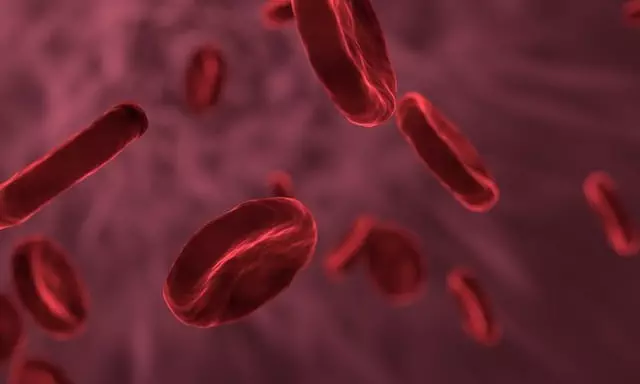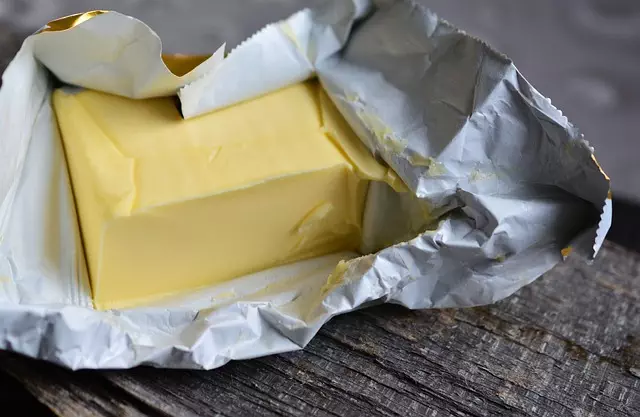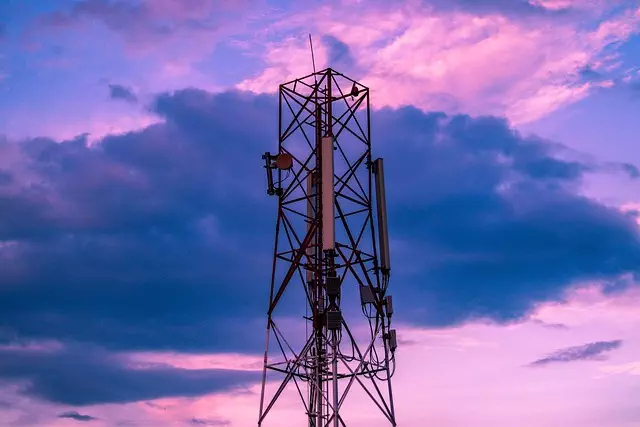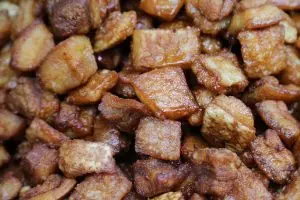Fat cell freezing (cryolipolysis) is a non-surgical, minimally invasive body contouring method that safely targets and eliminates stubborn fat cells without damaging surrounding tissue. Using controlled cooling, this procedure crystallizes and destroys targeted fat cells, which are then naturally eliminated by the body over time. Ideal for small, isolated pockets of fat resistant to diet and exercise, fat cell freezing offers a popular alternative to liposuction with minimal downtime, helping individuals achieve a more sculpted silhouette. It's crucial to consult a qualified professional and maintain a healthy lifestyle to ensure optimal results and prevent new fat cell formation.
“Discover the revolutionary power of Fat Cell Freezing, a non-invasive body contouring treatment that’s transforming the way we achieve our aesthetic goals. This cutting-edge procedure offers an alternative to surgical liposuction, targeting stubborn fat cells with precision.
In this comprehensive guide, we’ll unravel the science behind Fat Cell Freezing, explore its numerous advantages, and delve into who it benefits most. From understanding the process to post-treatment care, get ready to freeze your way to a slimmer, more confident you.”
Understanding Fat Cell Freezing: A Non-Surgical Approach

Fat cell freezing, also known as cryolipolysis, is a non-surgical, minimally invasive procedure that has revolutionised body contouring. Unlike traditional liposuction, this method targets and freezes fat cells without damaging surrounding tissue. The process involves using controlled cooling to crystallise fat, effectively destroying the targeted cells. As the body’s immune system processes these frozen cells, they are eliminated naturally, leading to a reduced appearance of stubborn fat areas.
This innovative approach offers a safer alternative for those seeking to reduce fat on specific parts of the body. It is particularly effective for treating smaller, isolated pockets of fat that resist diet and exercise. With minimal downtime and no incisions, fat cell freezing has gained popularity as a non-invasive way to achieve a more sculpted silhouette.
How Does Fat Cell Freezing Work?

Fat Cell Freezing is a non-invasive procedure that harnesses the power of cryolipolysis to reduce stubborn fat. This process involves cooling targeted fat cells to temperatures below -13°F, causing them to crystallize and eventually die. During this treatment, a specialized device applies controlled cooling to specific areas, freezing and damaging the fat cells without affecting surrounding skin or other tissues.
As the frozen fat cells are broken down by the body’s natural processes, they are eliminated through the lymphatic system, leading to a noticeable reduction in fat deposits over time. This innovative approach offers a less invasive alternative to traditional liposuction, with minimal downtime and no incisions, making it an attractive option for individuals seeking body contouring.
Benefits of Choosing Fat Cell Freezing Over Traditional Liposuction

Choosing fat cell freezing over traditional liposuction offers several significant advantages. Unlike invasive procedures, fat cell freezing is a non-surgical, minimally painful option that targets and freezes specific fat cells. This approach allows for more precise fat reduction, as it enables the body to naturally eliminate frozen cells over time without disturbing surrounding tissue. As such, it’s ideal for those seeking a less drastic solution or who are not suitable candidates for surgery due to health reasons or personal preferences.
Another key benefit is the absence of downtime associated with liposuction. With fat cell freezing, individuals can resume their normal activities promptly after treatment, making it an attractive option for busy individuals and those who prioritize rapid recovery. Moreover, this method promotes long-term results without the need for repeated procedures, as frozen fat cells are permanently eliminated from the body, ensuring a slimmer, more contoured silhouette over time.
The Science Behind Targeted Fat Reduction

Fat Cell Freezing works by targeting and freezing specific fat cells, causing their gradual breakdown and elimination by the body’s natural processes. This non-invasive procedure leverages advanced technology to pinpoint and isolate adipose tissue, often in problem areas like the abdomen, thighs, or buttocks. The process begins with a cooling solution applied to the targeted area, which lowers the temperature of the fat cells without affecting surrounding tissues.
This cold temperature triggers a natural defense mechanism in the body, causing the fat cells to shrink and become less functional. Over time, these damaged fat cells are broken down and processed by the liver, leading to a reduction in overall fat deposits. Unlike surgical procedures, Fat Cell Freezing offers a minimally invasive approach with faster recovery times, making it an attractive option for individuals seeking targeted fat reduction without extensive downtime.
Who is a Suitable Candidate for This Procedure?

Fat cell freezing, also known as cryolipolysis, is a non-surgical procedure that has gained popularity for its effectiveness in reducing stubborn fat. The ideal candidates for this treatment are individuals who have localized fat deposits they want to eliminate and who maintain a healthy lifestyle with regular exercise and proper diet. It’s crucial to understand that while fat cell freezing can be highly effective, it isn’t suitable for everyone. People with certain medical conditions, such as cold sensitivity or blood clotting disorders, should consult their doctor before proceeding, as the procedure involves cooling the skin to sub-freezing temperatures. Additionally, those who are significantly overweight or have large areas of excess fat might not achieve the desired results and could benefit from exploring other treatments like liposuction for more extensive body contouring.
Safety and Success Rates: Addressing Common Concerns

Fat Cell Freezing, while offering a promising solution for weight management, comes with its share of concerns regarding safety and success rates. One of the primary advantages is its non-invasive nature, eliminating the risks associated with surgery. The procedure uses cryolipolysis to target and freeze fat cells, leading to their gradual elimination by the body’s natural processes. This minimal approach significantly reduces downtime and recovery complications compared to more invasive options.
Success rates vary based on factors like the amount of fat treated, patient adherence to post-procedure care, and individual metabolism. Studies generally report high satisfaction levels, with many patients experiencing noticeable reductions in fat deposits. However, it’s crucial to understand that Fat Cell Freezing is not a cure for obesity but rather a tool for localized fat reduction. Common side effects like numbness, bruising, and swelling are temporary and usually subside within a few weeks. Selecting qualified professionals who adhere to best practices ensures optimal results and minimizes potential risks.
What to Expect During and After the Treatment

During Fat Cell Freezing treatment, patients can expect a non-painful procedure. A specialized cooling device is used to target and freeze fat cells, typically in specific areas like love handles, belly, or thighs. The process involves precise application of cold temperatures, often with numbing creams to minimize discomfort. You’ll remain awake during the treatment, which usually takes about an hour. After the procedure, you might feel some soreness or stiffness, similar to after a workout, but this subsides quickly.
Post-treatment, it’s common to experience swelling and bruising in the treated areas, which typically resolve within a week or two. There is no downtime, allowing patients to resume their normal activities immediately. One key thing to remember is that Fat Cell Freezing treats existing fat cells, so maintaining a healthy lifestyle with balanced diet and regular exercise is crucial for long-term results and preventing new fat cell formation.
Exploring Post-Treatment Care and Longevity of Results

After undergoing fat cell freezing, proper post-treatment care is essential to maximize results and ensure longevity. Patients should expect some temporary redness, swelling, or discomfort in the treated areas, but these typically subside within a few days. Staying hydrated by drinking plenty of water can help speed up recovery and improve outcomes. Light exercise, such as walking or gentle stretching, can also promote blood circulation and reduce any lingering inflammation.
The durability of fat cell freezing results varies among individuals. In many cases, patients notice a significant reduction in fat cells for several months following treatment. However, maintenance sessions may be needed to sustain the results over time. Regular check-ins with a healthcare professional can help monitor progress, address any concerns, and determine if additional treatments are necessary to maintain the desired body contour.
